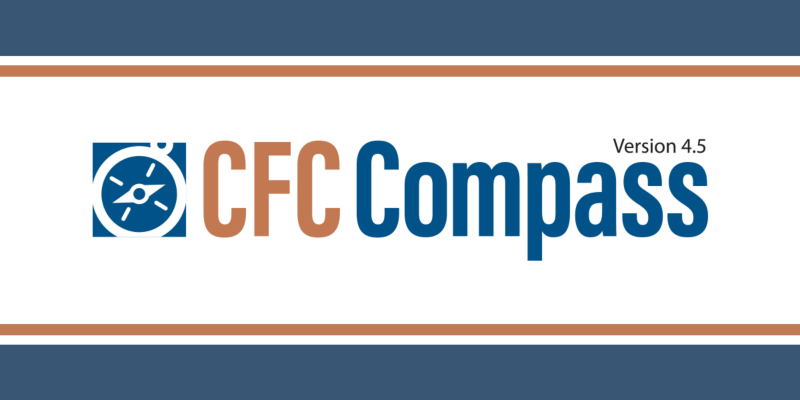
CFC’s recent upgrade to its popular forecasting software model provides new insights for cooperatives weighing the financial opportunity of broadband or other lines of business (LOB).
For more than 25 years, the CFC Compass 10-year financial forecasting software model has been helping members analyze a variety of financial strategies. This year, CFC upgraded the tool based on member feedback to include the ability to model the effects of broadband and other non-electric lines to the cooperative’s Form 7.
“We have gotten by with fairly basic spreadsheets for our fiber business,” Mike Keyser, CEO of Virginia-based BARC Electric, said. “It’s not ideal for a rapidly growing and dynamic startup business operating in a competitive environment. Compass enabled us to perform detailed modeling of our fiber business and visualize those assumptions and impacts on our cooperative’s Form 7.”
CFC Compass is Free for CFC Distribution Members
The model, which is free to CFC distribution members, provides a tool to prepare long-range financial forecasts accommodating different scenarios, incorporating CFC’s current loan and equity policies to aid in providing support for new loan applications, budgeting and strategic planning.
“To accomplish Form 7 reporting by LOB, we built in a lot of flexibility to accommodate the unlimited scenarios members may face,” CFC Financial Analysis Product Manager Trevor Barnett said. “Plus, we found clever ways to consolidate the other business inputs, to keep things simple and robust.”
Members will find new dedicated sections to input other business details, including revenue, expenses, capital plant, intercompany items and debt.
“Allowing members to clearly display the impact that their other business is having on their statement of operations, balance sheet and debt service, when presenting to the board, is a very important goal of the recent enhancement,” Barnett explained.
New Reports and Dashboards Can Help Answer Management Questions
Members will find new reports and dashboards that make it easier to answer important management questions.
- What is the other business impact to the cooperative’s bottom line margins and cash?
- When does the cooperative cross the 85-15 threshold?
- How are our electric members subsidizing our other business venture?
“The updated model gives us more flexibility to change things as they come up without having to re-invent the wheel,” Melissa Wood, CFO of Arkansas-based First Electric Cooperative Corporation, said. “I like the option to present to my board either the bottom-line impact of the standalone cooperative, or solely the impact from the subsidiary, in addition to the consolidated forecast.”
